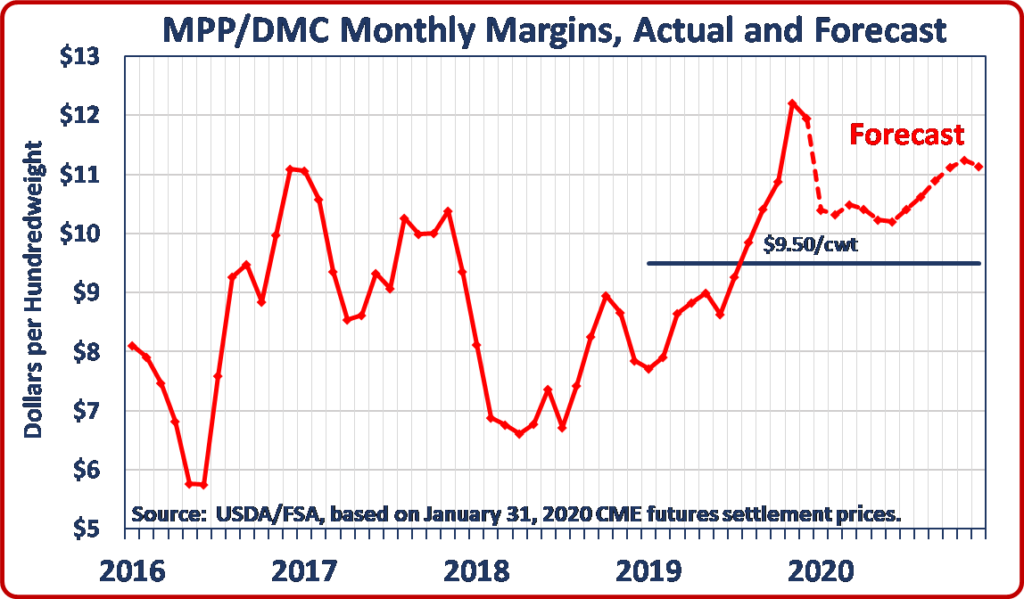As the voice of dairy farmers in Washington, the National Milk Producers Federation constantly works for policy solutions to help our members succeed. As an organization that advances the interests of dairy farmers and the cooperatives they own, we strive to help producers meet their evolving needs regardless of the prevailing policy environment in Washington. Our ongoing efforts to improve dairy’s labor situation are a clear example of both priorities at work.
Agricultural labor reform legislation is a top Washington priority for us in 2020. We’re doing all we can to advance the policy process even though it’s a contentious election year. We’re also building the new FARM Workforce Development program, which will give farmers tools to better manage their workforce needs in the here and now. One effort aims to create a reliable ag worker program that would alleviate labor shortages and allow for future growth; the other focuses on human resources and safety management to ensure the highest quality dairy workforce here and now. The dual approach embodies NMPF’s comprehensive, farmer-driven problem-solving.
About farm-labor legislation: We celebrated a win last December when the House of Representatives passed its first ag-labor bill since 1986. The initiative created a workable guest-worker program for year-round agricultural sectors, including dairy, and offered a vehicle that can be improved and reconciled with any bill on this topic the Senate passes this year. But of course, key to that strategy is actual Senate passage – and on that front we are working diligently to pave a way forward.
We’re anticipating a Senate bill will be introduced this spring containing changes to the H-2A visa program so it can work for dairy – and stabilization of our current workforce. Observers of behind-the-scenes negotiations expect that the Republican-led Senate will likely make improvements to H2A that build on the House’s initial effort. Indications are that USDA is working to keep ag labor reform on the agenda and that the White House has spoken with Republican senators on this topic, suggesting that a compromise is still possible.
Any Senate bill would likely need to be considered before Congress leaves for its summer recess to have a chance to be reconciled with the House legislation in time for final congressional approval this year. We’re making sure dairy’s voice is heard throughout the process – including by having a large group of our dairy advocates from across the country make Capitol Hill visits this month to talk with their Senators. Ag labor reform is crucial for future prosperity. This potential opportunity isn’t one we can afford to let pass by.
But working for improvements in Washington isn’t enough to help farmers navigating an increasingly complex labor market on their own farms every day. That’s where FARM Workforce Development (WFD) comes in. FARM is developing a guide to best practices that offers assistance, not requirements — designed to help farms improve their HR and safety management; identify which best practices will be most useful to implement on their farm; and track improvement over time.
The WFD program area as a whole is focused on farm-level best-practices. And by helping farmers better lead their workforces, it also provides important assurances to dairy customers, an increasingly important consideration in a consumer conscious age.
A WFD evaluation tool was tested in a pilot program involving 10 cooperatives and 28 dairies that provided feedback, ranging in size from 120 cows to 18,000. We also solicited public comments on the tool. Overall response to the tool was positive and constructive, and the tool itself will be discussed and presented for approval at National Milk’s Board meeting later this month. FARM Workforce Development may not generate the headlines of immigration legislation, but it is very important – because farmers won’t prosper tomorrow if they don’t thrive in the here and now.
That is, after all, what we are striving to do. There may be no more emotional or complex an issue in dairy today than labor markets. But that’s exactly why engagement is so crucial. Farmer concerns spur action – and progress – inside the Beltway and far beyond it. It’s all how we serve our members, and our commitment will not waver.








